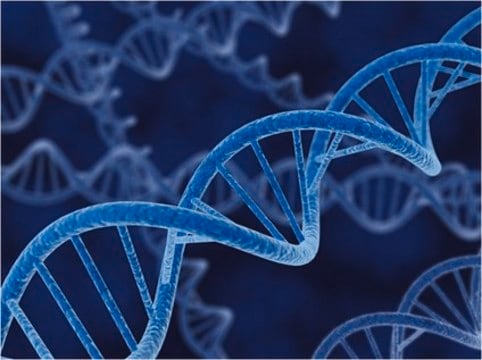07-1464
Anti-Rac1 Antibody
from rabbit
Sinônimo(s):
Ras-related C3 Botulinum Toxin Substrate 1, p21-Rac1, Ras-like Protein TC25
About This Item
Produtos recomendados
fonte biológica
rabbit
Nível de qualidade
forma do anticorpo
purified antibody
tipo de produto de anticorpo
primary antibodies
clone
polyclonal
reatividade de espécies
human, rat, mouse
técnica(s)
western blot: suitable
Isotipo
IgG
nº de adesão NCBI
nº de adesão UniProt
Condições de expedição
wet ice
modificação pós-traducional do alvo
unmodified
Informações sobre genes
human ... RAC1(5879)
Descrição geral
Especificidade
Imunogênio
Aplicação
Signaling
Cytoskeletal Signaling
Qualidade
Western Blot Analysis: 1:500 dilution of this lot detected RAC1 on 10 μg of L6 lysates.
Descrição-alvo
Ligação
forma física
Armazenamento e estabilidade
Nota de análise
Immunoblot/Immunoprecipitation: L6 Cell Lysate or Rat brain microsomal protein preparation
Immunohistochemistry: Rat brain sections
Outras notas
Exoneração de responsabilidade
Não está encontrando o produto certo?
Experimente o nosso Ferramenta de seleção de produtos.
Código de classe de armazenamento
10 - Combustible liquids
Classe de risco de água (WGK)
WGK 2
Ponto de fulgor (°F)
Not applicable
Ponto de fulgor (°C)
Not applicable
Certificados de análise (COA)
Busque Certificados de análise (COA) digitando o Número do Lote do produto. Os números de lote e remessa podem ser encontrados no rótulo de um produto após a palavra “Lot” ou “Batch”.
Já possui este produto?
Encontre a documentação dos produtos que você adquiriu recentemente na biblioteca de documentos.
Nossa equipe de cientistas tem experiência em todas as áreas de pesquisa, incluindo Life Sciences, ciência de materiais, síntese química, cromatografia, química analítica e muitas outras.
Entre em contato com a assistência técnica





